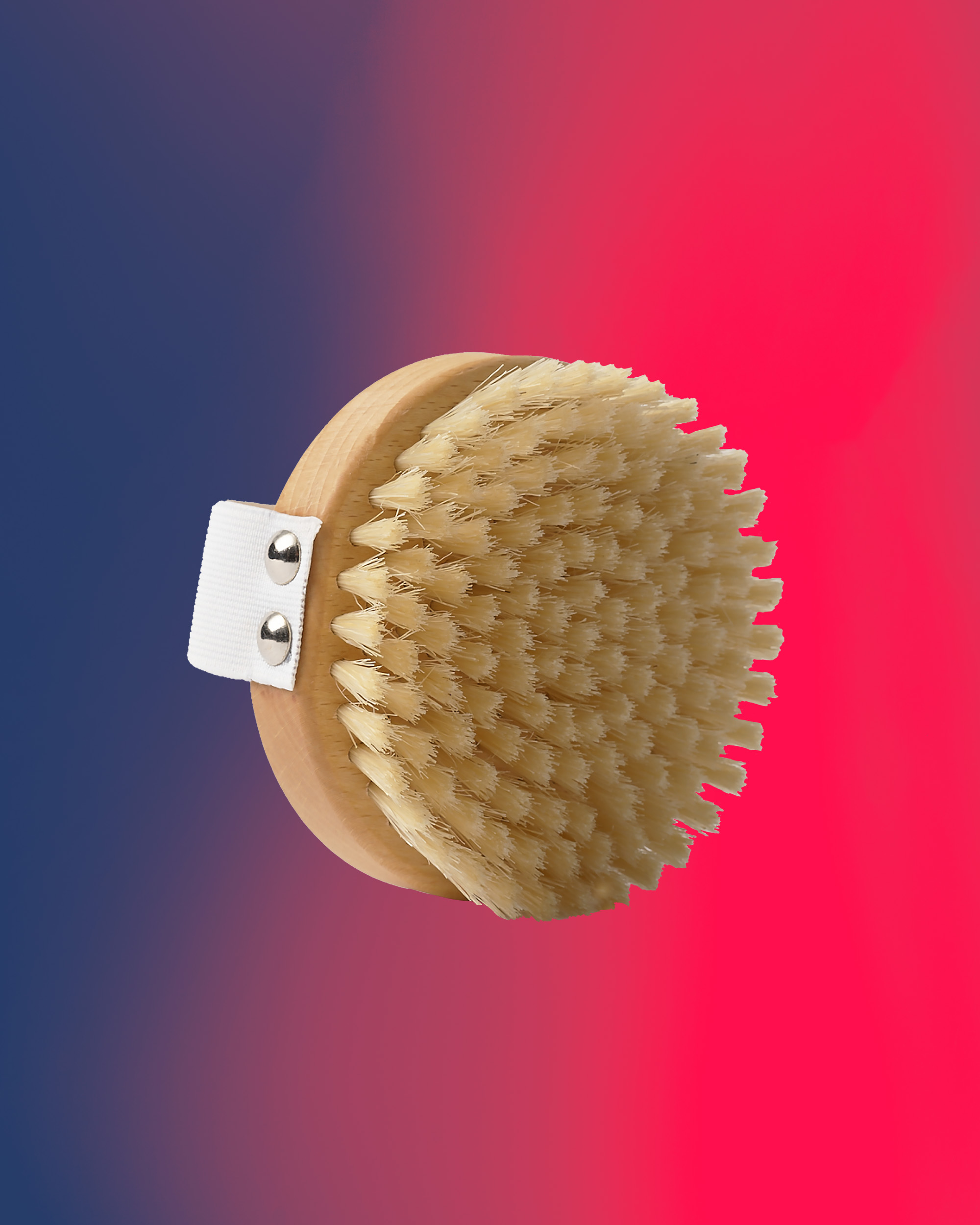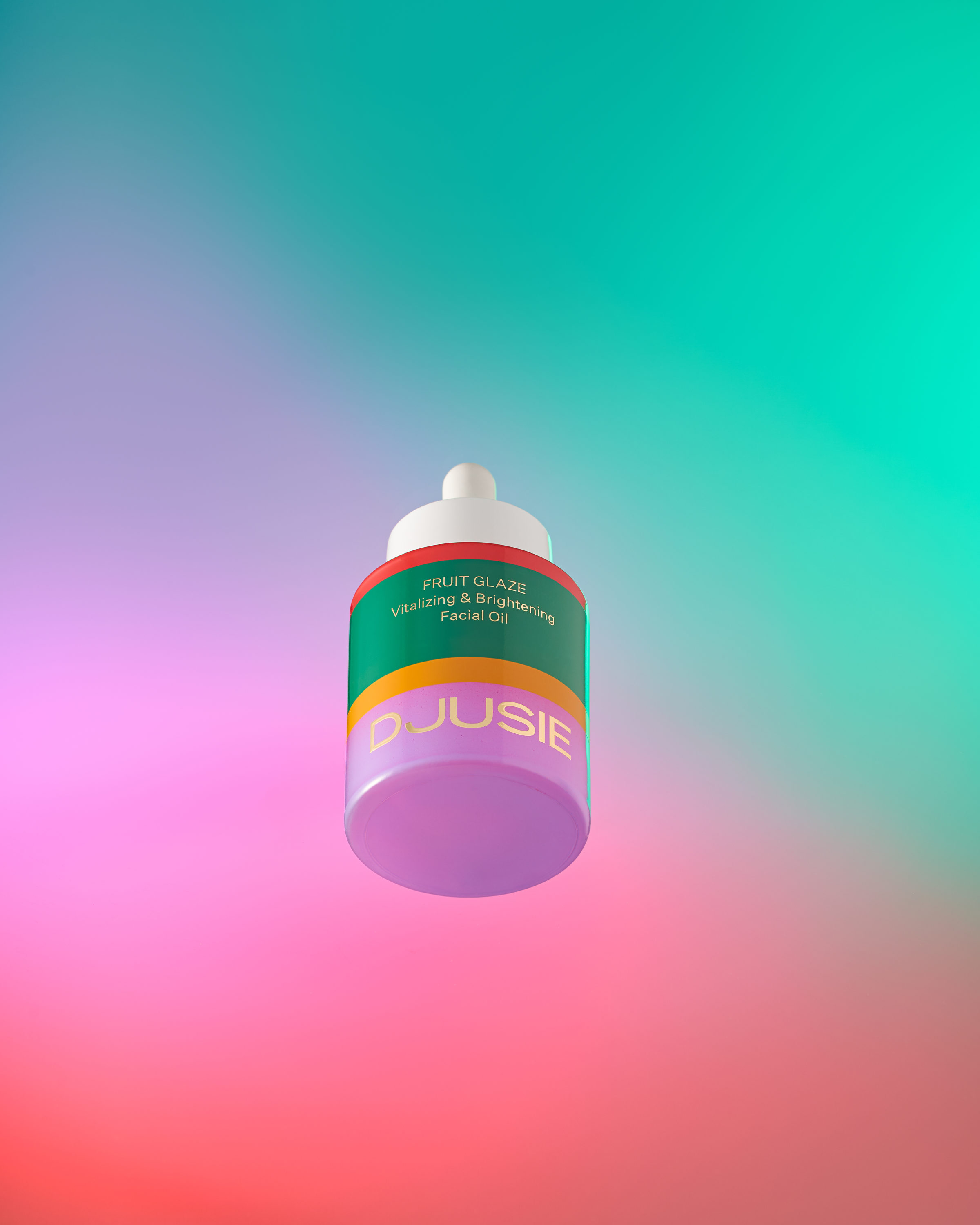
The benefits of dry brushing
Dry brushing is an ancient method of holistic skin care. Regular dry brushing improves the skin’s metabolism, promotes the regeneration of skin cells, and enhances the skin’s supply of oxygen and nutrients. Dry brushing is an easy, rewarding and effective ritual. Its refreshing benefits are visible and felt quickly – both on the skin and in the body.
Two different approaches to dry brushing offer two different outcomes: stimulating blood circulation or supporting the activation of lymphatic circulation. However, both methods remove dead skin cells from the surface of the skin, making the skin’s surface more radiant, smoother and softer.
A well-functioning lymphatic system acts like a drainage system that covers the entire body. It participates in the removal of cell waste, viruses, bacteria and other unwanted substances from the tissues – a functioning lymphatic system therefore plays an important role in the body’s immune defence. In addition, the lymphatic system removes excess fluid from the tissues and thus regulates the body’s fluid balance, preventing and eliminating swelling.
The lymphatic system is also of great importance for the skin, because the skin’s metabolism, and oxygen and nutrient intake are enhanced, and skin cells regenerate better when the lymphatic system is working well. Stagnated lymph circulation causes the face to swell and dullness, impurities, pigment spots, redness and sagging to the skin.
Function of the lymphatic system
Lymphatic fluid from the extracellular matrix is absorbed by the lymphatic capillaries and travels along bigger lymph pre-collector vessels towards the lymph nodes. Unwanted substances from the lymphatic fluid are filtered in the lymph nodes. The lymph nodes contain lymphocytes and macrophages that destroy bacteria, viruses and other pathogens. The filtered fluid continues its journey from the lymph nodes and finally returns to the bloodstream in the junction of internal jugular and subclavian veins. This area is known as “terminus” and it’s located on the area of the dip of the collarbone.
About a third of the lymph nodes in the entire body are located in the face, neck and collarbone area around the eyes, nose, mouth and ears where the pathogens can enter the body. The body is divided into three parts based on the direction of the lymphatic flow: above the collarbones, i.e. around the face, neck and head, lymphatic fluids flow towards the dip of the collarbones. Below the collarbones, above the waist and in the arms, the lymphatic fluids flow towards the armpits. Below the waist, the lymphatic fluids flow towards the groin.
The lymphatic system is not powered by the heart pumping as blood circulation is, but its flow is maintained by, among others, exercise and breathing. The lymph nodes can become blocked and fluid circulation slow down due to immobility, disease, low-grade inflammation, one-sided work positions, muscle tension and stress. If the functioning of the lymphatic system has slowed, fluids containing waste materials remain in the tissue and swelling occurs. For example, tension in the muscles of the face, such as in the muscles used for chewing, can reduce the flow of lymphatic fluids in the facial area.
Dry brushing to support the flow of lymphatic fluids
Many of the lymph nodes and lymphatic vessels are located right underneath the skin. Dry brushing in the direction of the lymph flow towards the lymph nodes enhances the flow of fluids. There has been no scientific research on the effects of dry brushing on the flow of lymphatic fluids, but the results are based on experience. Nutrition also plays an important role in supporting the function of the lymphatic system. However, the benefits of dry brushing can be immediately felt in the skin: dry brushing provides an instant feeling of vigour, and is worth keeping in your toolbox of wellness as part of a regular routine.
How to dry brush
Always brush dry and clean skin. The face should be brushed after cleansing and the body should be brushed after showering. Brushing should not occur before showering because the warmth of the shower boosts blood circulation and increases the filtration of fluids from capillaries into the tissues. When the goal is to boost lymph circulation and remove the excess fluids and puffiness, showering afterwards will cancel the effects. After the brushing, you can gently wipe off the dust with a soft towel.
Brush the surface of the skin without pressing the bristles of the brush into the skin. Do not press hard, as the effect of the strokes will go deeper than the lymphatic system. If there’s any signs of redness after the ritual, go lighter.
Strokes should be straight and move in the direction of the lymph nodes. Djusie’s dry brushing ritual always starts by activating the lymph nodes with your hands, which enhances the effects.
See detailed instructions to the rituals from here.
SHOP PRODUCTS
We want you to see the authentic beauty that is already in you. While you radiate, let us help you keep your skin healthy.
JOIN OUR MAILING LIST
BE THE FIRST TO HEAR
Get the latest news and juiciest offers delivered to your inbox.



